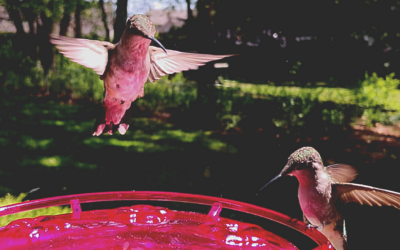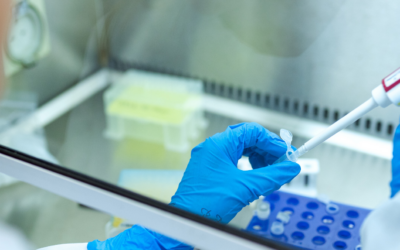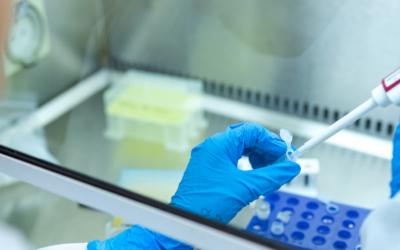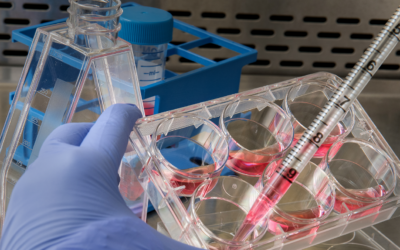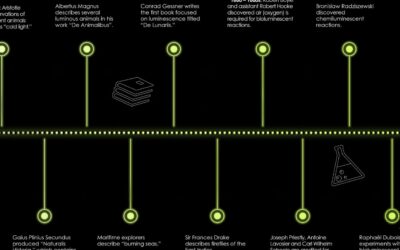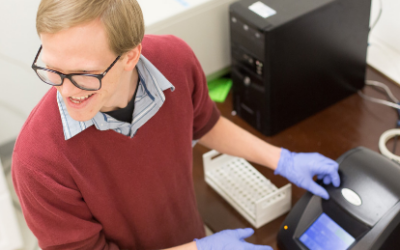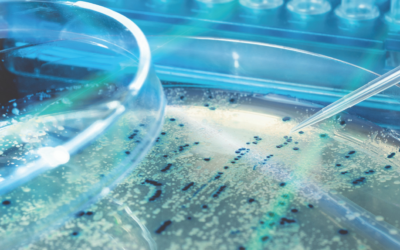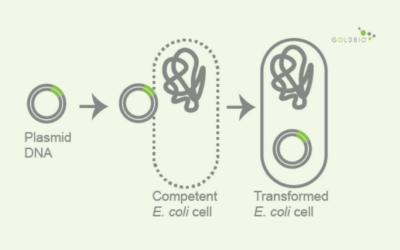Tips to Move on from an Academic Postdoc to an Industry Job
Finally! You finished collecting and analyzing data from your experiments. It means you will soon be busy writing your manuscript. Deep down inside, you feel satisfied that you will have at least one publication in the pipeline.In your mind, you are ready to take the...
Fun Facts of Hummingbirds
What’s not to like about hummingbirds. These adorable jewel-like birds come to greet you around summertime. Even though tiny, they are a ball of energy and feisty, particularly when visiting and hovering over flowers in your backyard.Hummingbirds are one of the...
How to Build Your Teaching Skills
Whether you are a graduate student or a postdoc in academia, you may be interested in a career path that includes both teaching and research—a tenure track professor. Yet, it can sometimes be hard to find an opportunity for you to sharpen your teaching skills. Even...
One-time Treatment to Generate New Neurons and Cure Parkinson’s Disease in Mice
Parkinson’s disease is a neurodegenerative disorder, leading to tremors or trembling, stiffness, and many problems with movements (such as walking, balance, and coordination). Although not considered a deadly disease, people with Parkinson’s disease are at high risk...
How to Bounce Back From Manuscript Rejection
You saw a new email coming from a journal regarding the status of your manuscript submission. You have been waiting for that particular email since forever and it finally came. However, the content of that letter was not what you expected.It was a rejection letter...
Overcoming Academic Stressors: Rejection, Impostor Syndrome and Burnout
Early career scientists in academia, such as graduate students and postdocs, often have to deal with the pressures of work from their short-term appointment, lack of job opportunities, and requirement for publication (publish or perish). As the time goes by, you often...
How to Move Forward for Leaving a Postdoc Position
The majority of graduate students have entered into higher education and postdoctoral training to land careers in academia. Unfortunately, times have changed and postdoctoral training is not a fast guarantee for an academic career.At this time, there are limited...
Synthetic Spider Silk Production: Finding the Eco-Friendly Biofactory
Nature provides us with many biodegradable and biocompatible materials waiting for their discovery, for example spider silk. The spider silk woven in large quantities can be as tough as steel, but also as flexible as a guitar string.Although spider silk is useful for...
The Postdoc’s Guide to Networking
If you’ve ever heard the phrase “it’s all about who you know”, you are probably familiar with how important networking is. Careers in academia and life science are no exception. Networking has been reported as the single most important factor to obtaining a job after...
How to be a Better Troubleshooter in Your Laboratory
For scientists, the ability to troubleshoot their experiments is a valuable skill to develop. This skill allows you to be an independent and responsible researcher (Roberts, 2001).Although important, troubleshooting as a subject is commonly not included in many...
Adjunct or Tenure: The Journey of a Life Science Professor
The path to becoming a college professor is long and arduous. To begin, it takes a huge commitment to finish a doctoral degree followed by a postdoc appointment. In recent years, the degree and some postdoc experiences are often insufficient for obtaining a professor...
Maintaining Work-Life Balance in Academic Life
Many early career scientists, graduate students and postdocs associate longer hours at work with productivity. Oftentimes, the number of publications and grants become a way to measure success in academia. In hopes of standing out from their peers, many scientists...
How Postdocs Can Improve Their Leadership Skills
While research is the major focus of your postdoctoral position, there are other responsibilities that begin to pop up. As you evolve into your role, you’ll start finding yourself mentoring young researchers, collaborating with other postdocs and helping new lab...
Time Management Hack: Work Efficiently, Not Longer
Without realizing it, time is up. The day is over. Unfortunately, that means you ran out of time to cross out the last few bullets on your list of things to do. You become stressed and overwhelmed, because the deadlines for some of your tasks are approaching...
Postdoc’s Guide to Mastering Your CV, Resume and Cover Letter
When you search for a job, whether it is a position in academia or industry, it’s important to carefully prepare your application package containing a cover letter and CV or a resume for each job posting. The highlighted information in your documents will become...
A Deep Dive Into the Luciferase Assay: What It is, How It Works and More
A luciferase reporter assay is a common assay in molecular biology that uses the luciferase enzyme and a substrate (such as luciferin) to study gene regulation at the level of transcription.Some important features of luciferase assays (Brasier & Ron,...
Colorful Life under the Sea from Bioluminescence to Ultra Black
Oceans and seas covers most of the Earth’s surface, performing many important functions for our planet, such as regulating our climate and weather. Our oceans also host a great diversity of living organisms, around 80 percent of our planet’s diversity, and offer...
Luciferase-based Reporter Assay Troubleshooting Guide
The luciferase-based reporter assay is one of the most commonly used tools in molecular biology to study gene regulation by a protein of interest on a transcription level.Although the luciferase reporter assay is relatively easy to perform, issues such as high...
The History of Luciferin and Luciferase
Who discovered luciferin? The history of unraveling the chemical reaction behind bioluminescence starts in the ancient times and requires science and information gathering to evolve in order to begin to scratch the surface of this process.In this article, we reveal...
Why Using a Luciferase Assay Kit Safeguards your Research
With limited funding, researchers often find themselves doing more in the laboratory than necessary, making their own buffers, stock solutions and assays. However, there is an opportunity cost involved in this approach. For instance, by doing this, you lose valuable...
How Different Luciferin-Luciferase Systems Are Used In Biotechnology
Presently, bioluminescence remains a source of inspiration and mysticism, but within biotechnology, bioluminescence is a powerful tool. In this article, we briefly examine different bioluminescent systems and their general use within biotechnology.Bioluminescent...
A Quick Overview of SOC Medium & Competent Cell Recovery Medium
This article offers a quick introduction about super optimal broth with catabolite repression or SOC medium (competent cell recovery medium), the reason to use of it after competent cell transformation, a protocol to prepare this medium, and alternative media.In this...
How Predatory Bacteria Could Help Us Defeat Harmful Bacteria
Multidrug resistant bacteria are a serious threat to public health worldwide due to the lack of new antibioticdrug discovery in the pharmaceutical industry.According to Dr. Daniel Kadouri from Rutgers School of Dental Medicine, antibiotic resistance has become “a...
Understanding Competent Cells for Bacterial Transformation
Transformation is a common method in molecular biology with many applications, including cloning, DNA sequencing, and DNA library construction. To perform transformation, you must use competent cells. This article provides information about how to use competent cells,...


